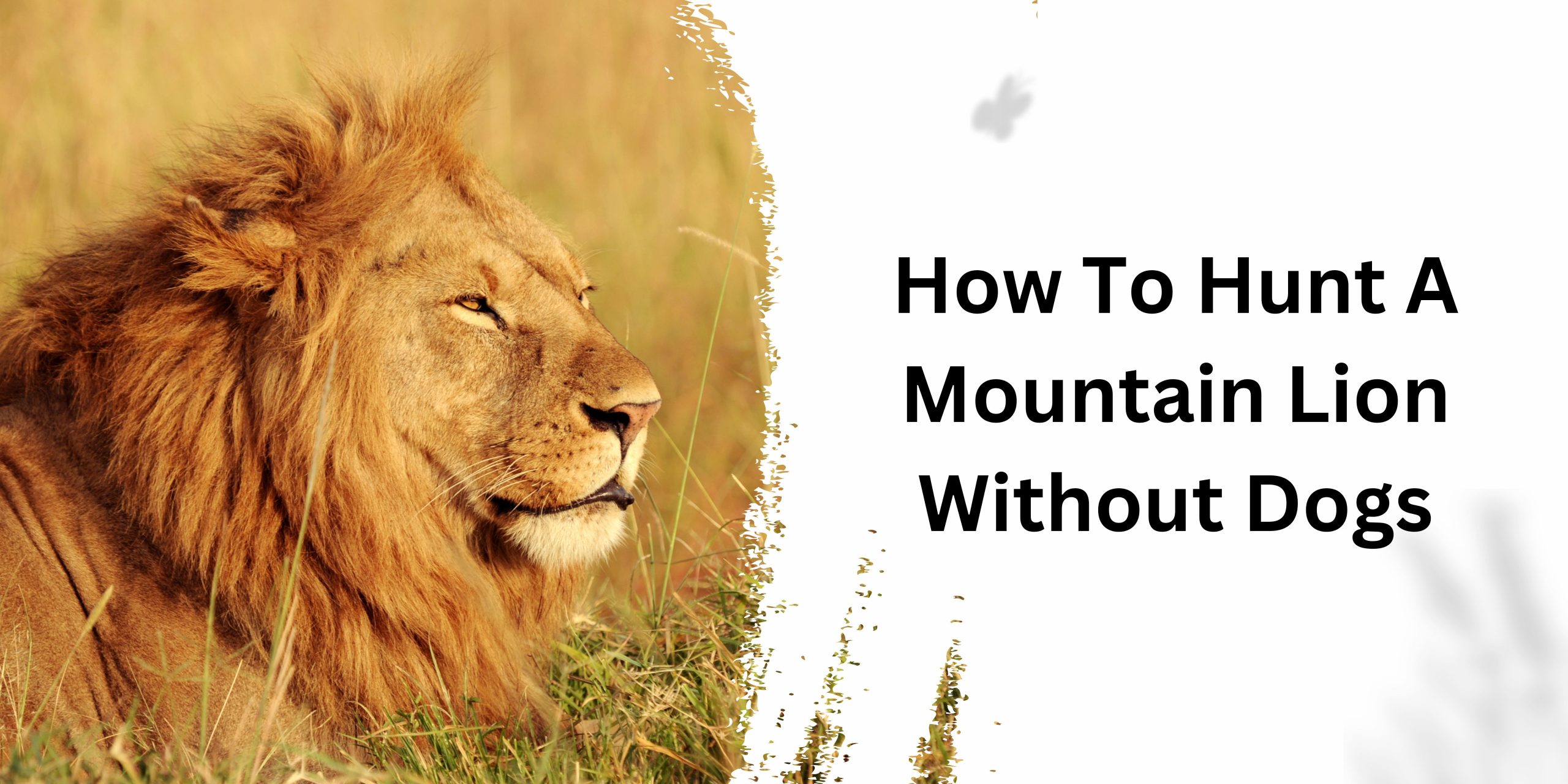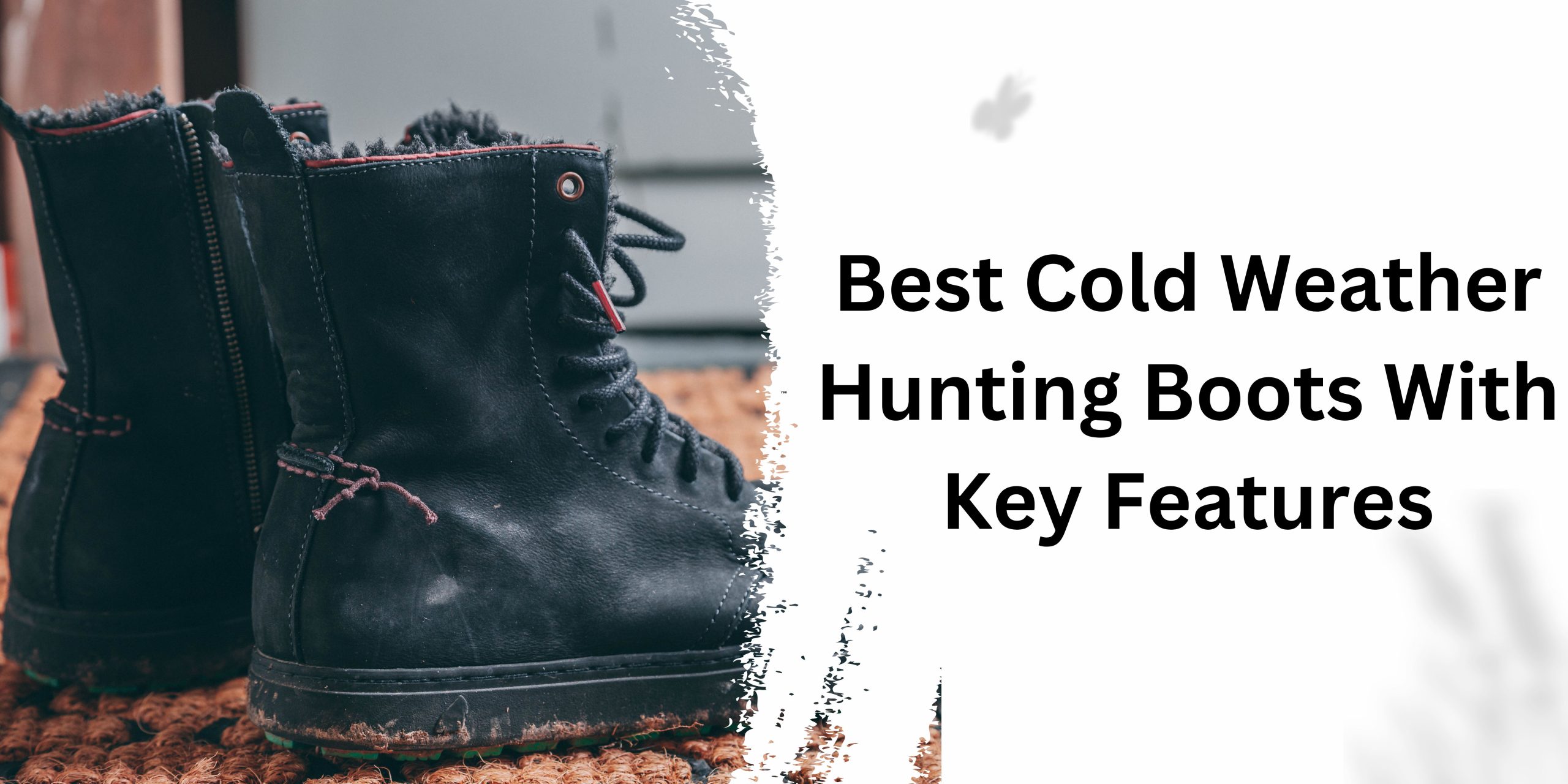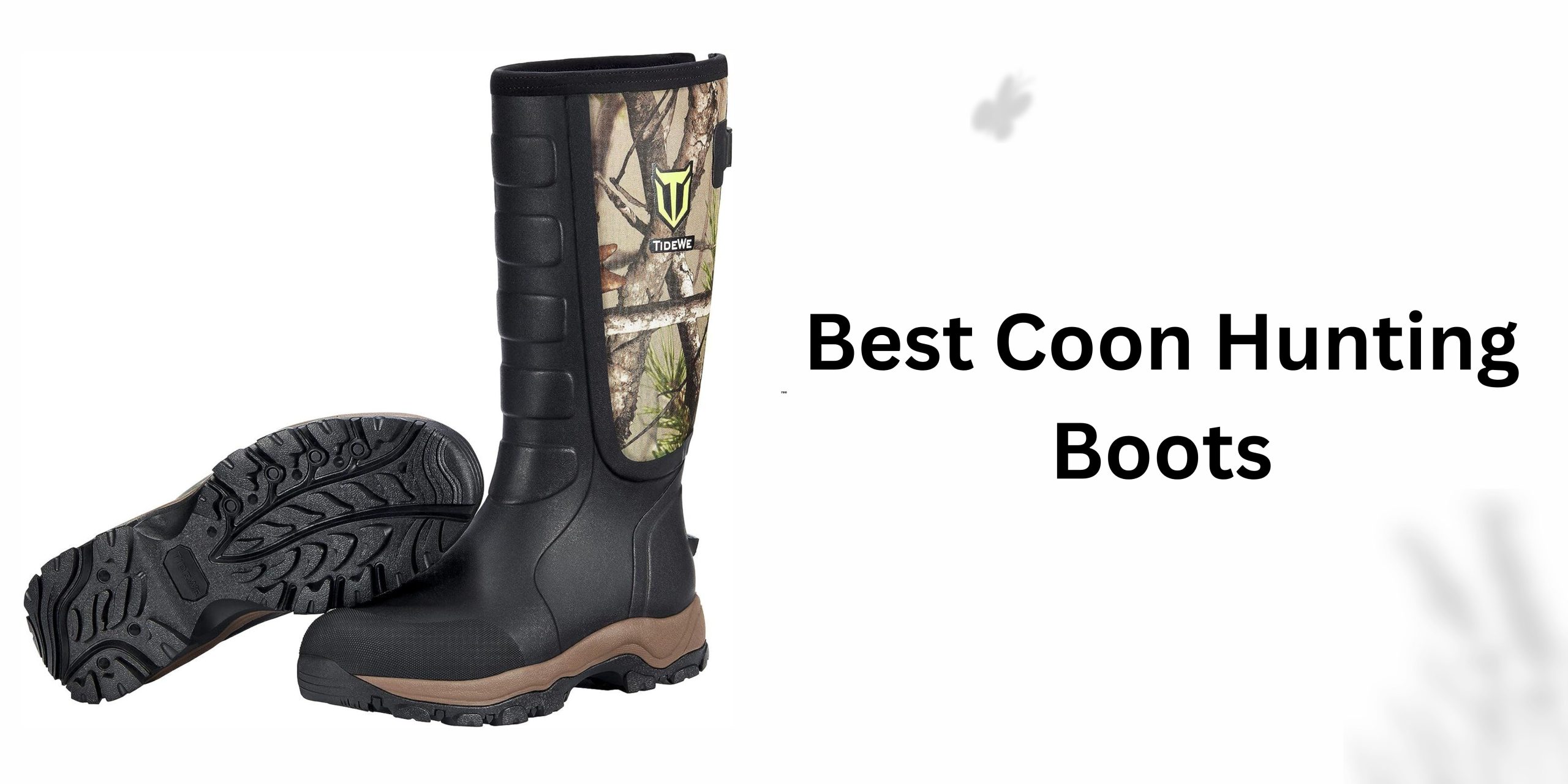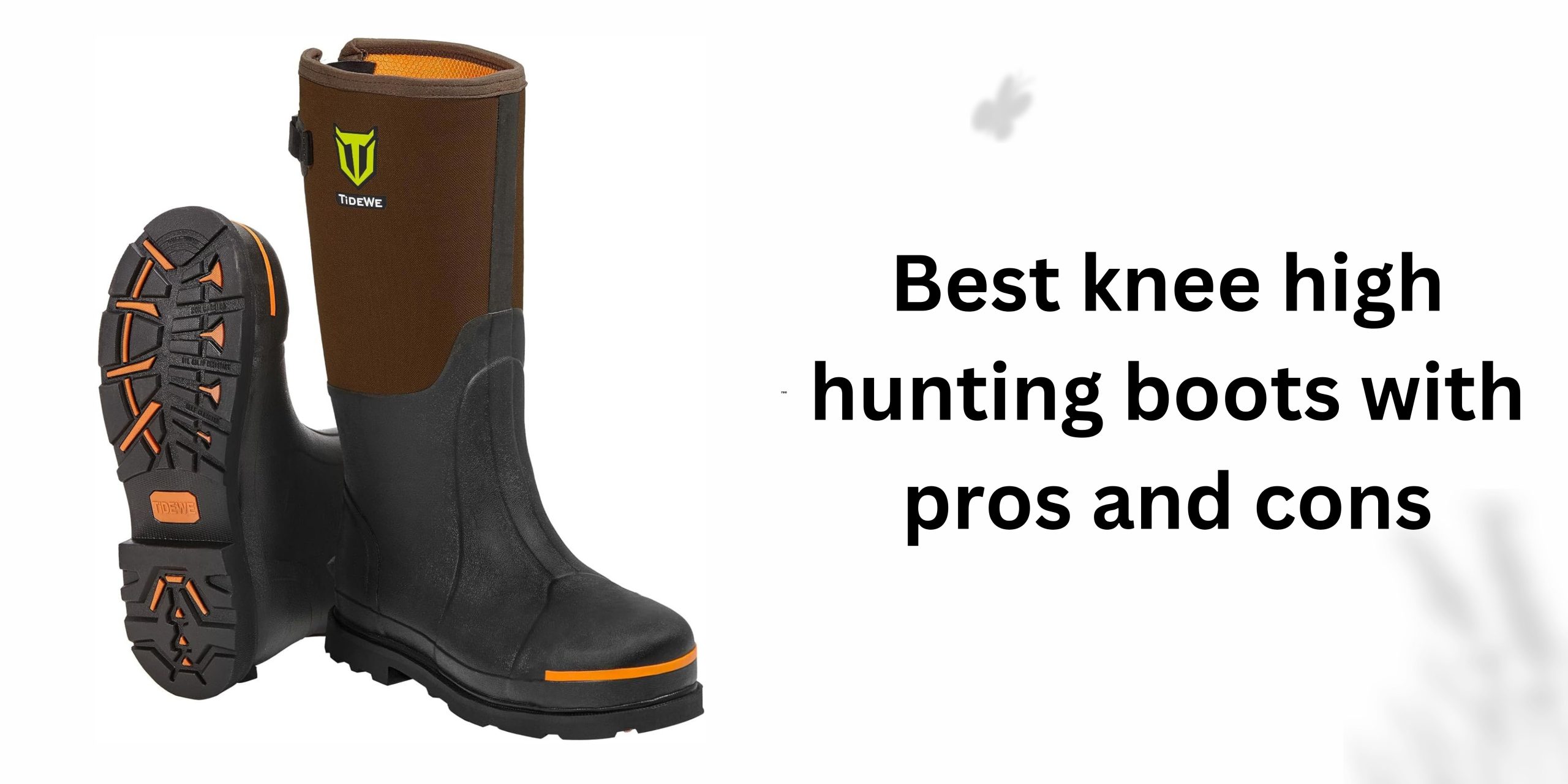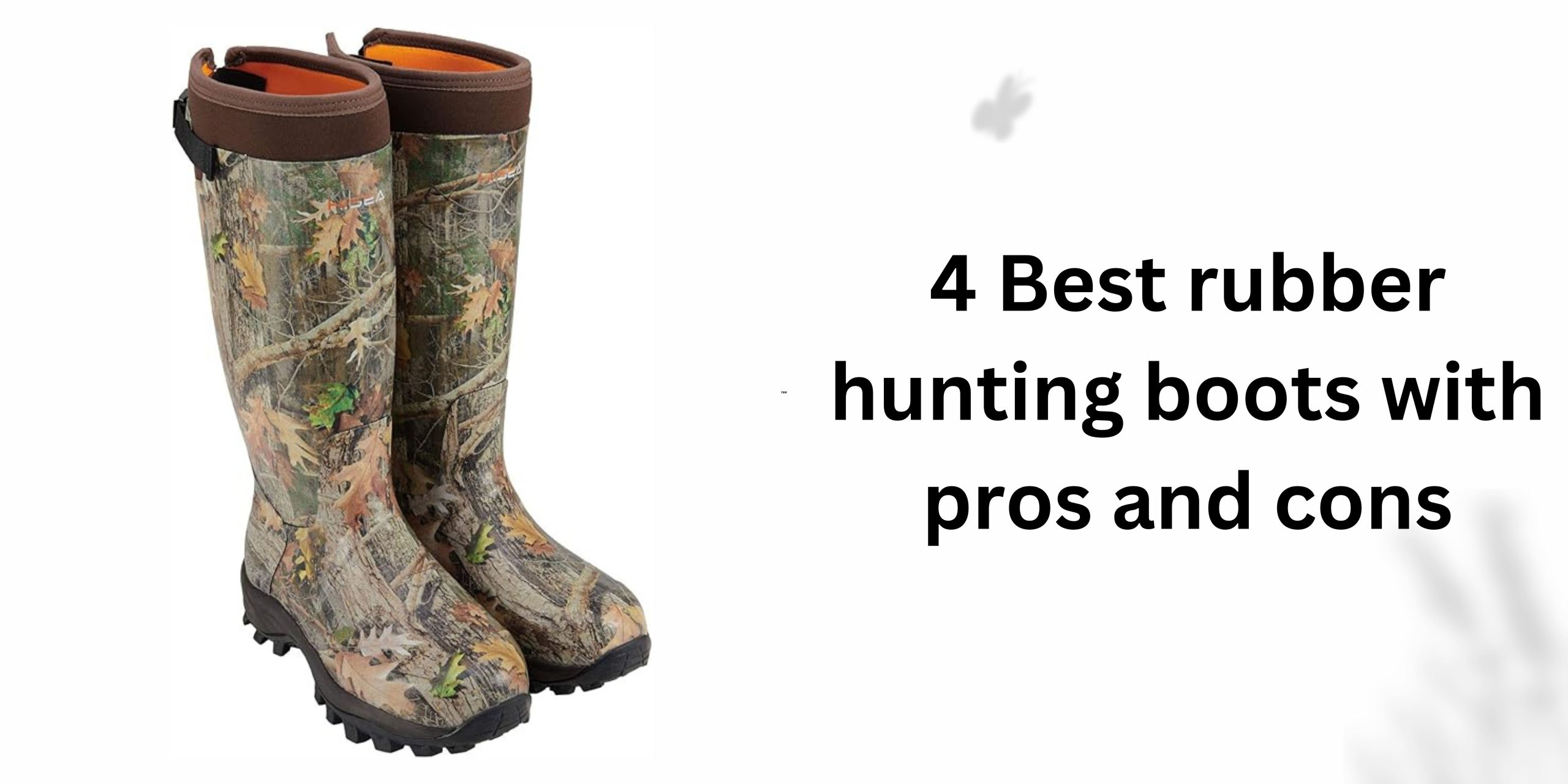Hunting a mountain lion without the assistance of dogs requires a different approach compared to traditional methods. Here’s a general guide on how to hunt a mountain lion without dogs.
how to hunt a mountain lion without dogs(step by step)

- Research and Understand Mountain Lion Behavior: Before setting out on your hunt, take the time to research and understand the behaviour of mountain lions. Learn about their habitat preferences, hunting patterns, and typical prey species.
- Scout the Area: Spend time scouting the hunting area to identify signs of mountain lion activity. Look for tracks, scat, scratch marks on trees, and other indicators of recent presence. Pay attention to terrain features that may provide cover or serve as travel corridors for mountain lions.
- Choose the Right Equipment: Select appropriate hunting equipment, including a high-powered rifle or bow capable of delivering an ethical shot. Ensure that your equipment is well-maintained and properly sighted before your hunt.
- Plan Your Hunt: Develop a strategic hunting plan based on your scouting observations and knowledge of mountain lion behaviour. Consider factors such as time of day, weather conditions, and terrain features when planning your approach.
- Use Predator Calls: Utilize predator calls to attract mountain lions within range. Experiment with different calls, including distress calls of potential prey species, to pique the interest of nearby mountain lions.
- Exercise Patience and Stealth: Mountain lion hunting requires patience and stealth. Settle into a concealed position with good visibility and minimal disturbance. Remain quiet and motionless while scanning the surroundings for any signs of movement.
- Stay Alert: Stay vigilant at all times, keeping a keen eye and ear out for any indications of nearby mountain lions. Be prepared to react quickly and decisively if a mountain lion presents itself within shooting range.
- Practice Ethical Shot Placement: If presented with a shot opportunity, carefully assess the situation to ensure a clean and ethical shot. Aim for vital organs to minimize suffering and ensure a humane harvest.
- Track and Recover: If you successfully hit a mountain lion, carefully track its blood trail while exercising caution and vigilance. Follow the trail methodically, taking note of any changes in terrain or behaviour.
- Approach Cautiously: Approach the downed mountain lion with caution, as wounded animals can be unpredictable and potentially dangerous. Maintain a safe distance and be prepared to administer a follow-up shot if necessary.
- Handle Harvest Responsibly: Handle the harvested mountain lion with care and respect. Follow all applicable regulations regarding tagging, reporting, and transporting the animal. Utilize all parts of the animal that are legal and practical.
- Reflect and Learn: Take time to reflect on your hunting experience and learn from both successes and failures. Consider how you can improve your skills and techniques for future hunts while also respecting the natural environment and wildlife.
Read More: Hunt Grouse Without A Dog
Specific equipment to ensure a safe and successful hunt
To hunt a mountain lion without dogs, you’ll need specific equipment to ensure a safe and successful hunt. Here’s a list of essential gear:
- Firearm or Bow: Choose a high-powered rifle or a compound bow suitable for hunting large game like mountain lions. Ensure that your firearm or bow is properly calibrated and sighted in for accuracy.
- Ammunition or Arrows: Bring an ample supply of appropriate ammunition or arrows for your chosen weapon. Consider factors such as bullet weight and arrow type to ensure effective shot placement.
- Optics: Invest in quality binoculars or a spotting scope to aid in scouting and identifying game from a distance. Clear optics can make a significant difference in spotting elusive mountain lions in their natural habitat.
- Hunting Clothing: Wear camouflage or earth-toned clothing to blend in with the surrounding environment. Additionally, consider layering clothing for warmth and comfort, as mountain lion hunting often involves long periods of waiting and stalking.
- Footwear: Choose sturdy and comfortable boots with good ankle support for traversing rugged terrain. Opt for waterproof or water-resistant footwear to keep your feet dry in various weather conditions.
- Navigation Tools: Carry a GPS device, map, or compass to help navigate the hunting area and mark key locations such as scouting sites, vantage points, and potential escape routes.
- Predator Calls: Pack a selection of predator calls to attract mountain lions within range. Experiment with distress calls of small mammals or wounded prey to elicit a response from nearby mountain lions.
- Hunting Pack or Backpack: Use a durable hunting pack or backpack to carry essential gear, water, snacks, and field dressing supplies. Choose a pack with multiple compartments for organization and easy access to items.
- First Aid Kit: Prepare a comprehensive first aid kit equipped with essential supplies for treating minor injuries, wounds, and emergencies. Include items such as bandages, antiseptic wipes, pain relievers, and a tourniquet.
- Field Dressing Supplies: Carry field dressing supplies such as a sharp knife, bone saw, latex gloves, and game bags for processing and transporting harvested animals.
- Safety Gear: Prioritize safety by wearing blaze orange or fluorescent clothing to increase visibility to other hunters in the area. Additionally, consider wearing a lightweight and breathable hunting vest with built-in safety features.
- Communication Device: Bring a mobile phone, two-way radio, or satellite communicator to stay connected with hunting partners or call for assistance in case of emergencies.
Read More: How To Keep Hunting Dogs Off Your Property
Conclusion
While it’s possible to hunt near roads in many areas, it’s essential to do so responsibly and within the bounds of local regulations. By prioritizing safety, understanding wildlife behaviour, and adhering to hunting laws, you can enjoy a successful and enjoyable hunting experience while minimizing risks to yourself and others.

